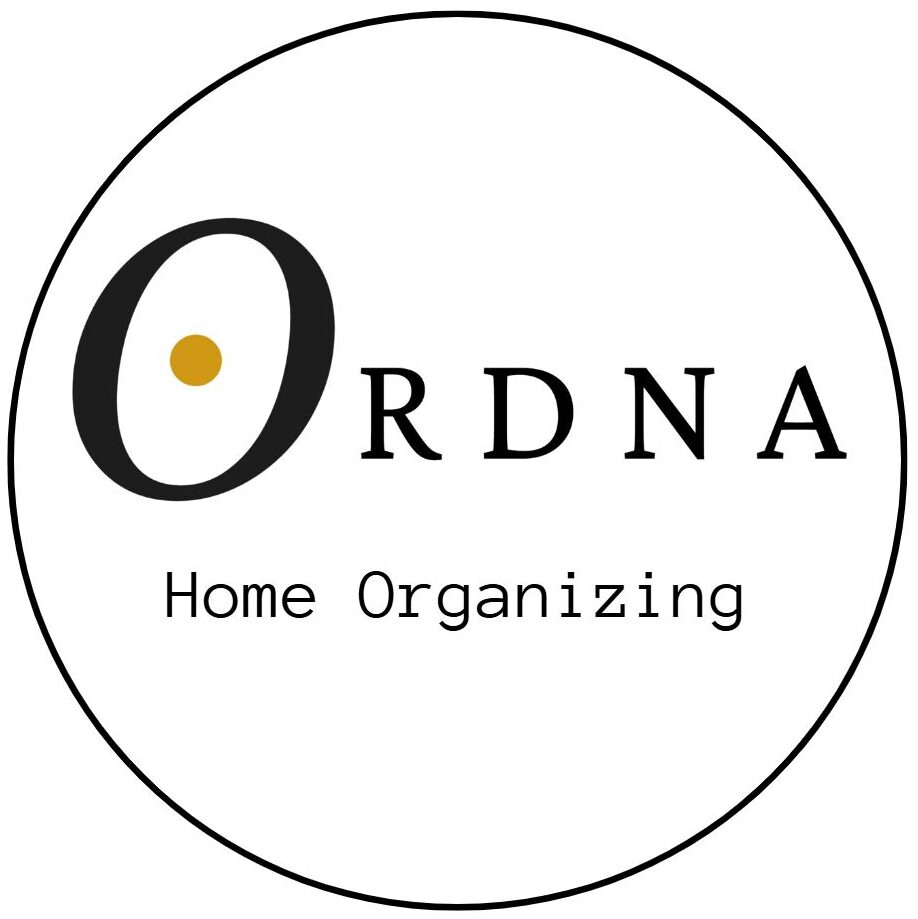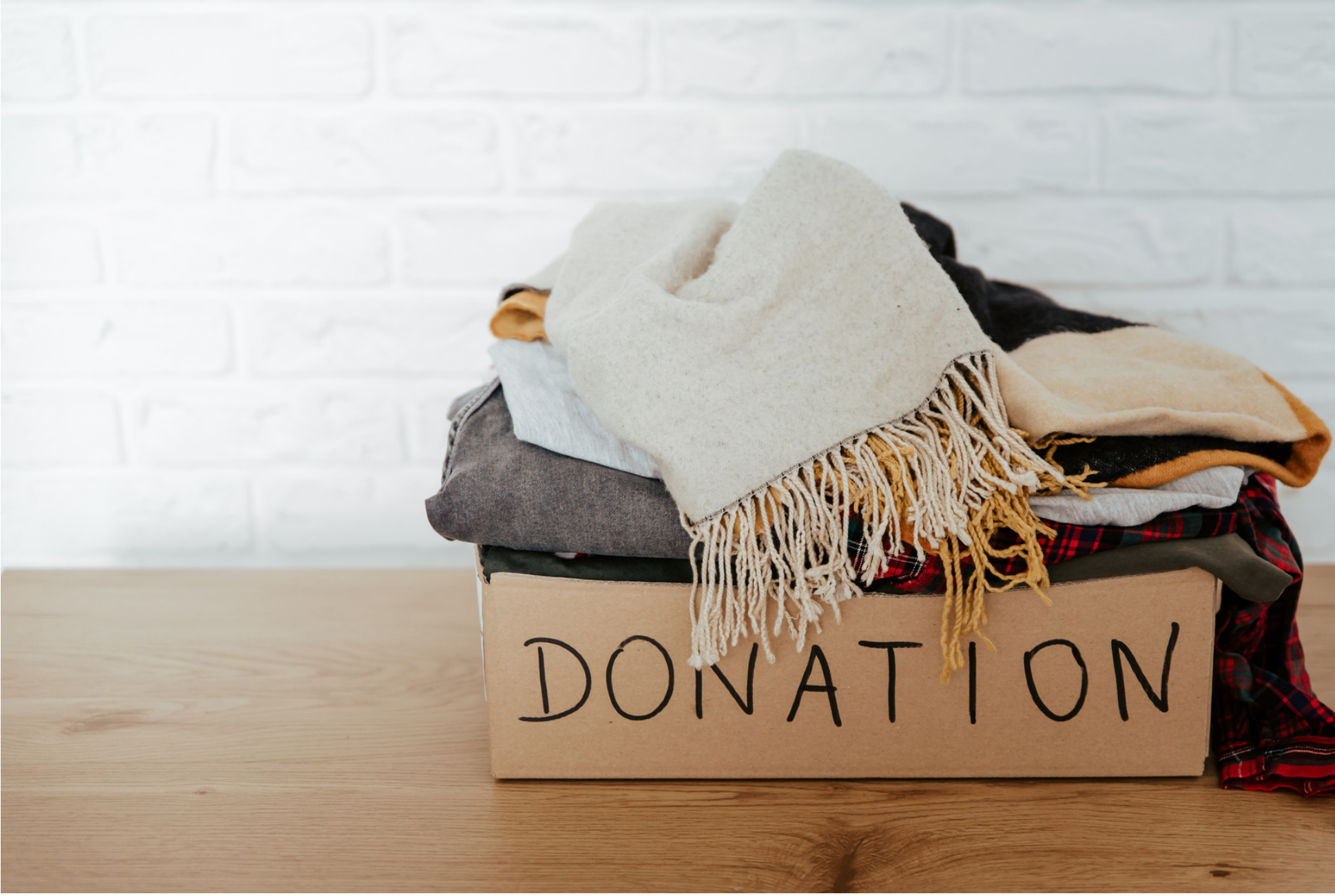You might have heard of Swedish Death Cleaning – or maybe the name makes you pause. Don’t worry: it’s not as morbid as it sounds. In fact, it’s one of the most thoughtful and freeing ways to simplify your home and life.
In this post, I’ll explain what it is, why it matters, and how you can begin your own journey – whether you’re 45 or 85.
What is Swedish Death Cleaning?
In Swedish, we call it Döstädning:
- “Dö” means death
- “Städning” means cleaning
Swedish Death Cleaning is a gentle, practical way of decluttering, with one eye on the future. The idea is simple: take responsibility for your belongings now, so that your loved ones don’t have to sort through everything after you’re gone.
It’s a concept rooted in Scandinavian culture (my home country is Sweden!) and was popularized internationally by author Margareta Magnusson in her book The Gentle Art of Swedish Death Cleaning.
But don’t be fooled by the name – you don’t have to be old or dying to start. Many people begin this process in midlife, after a move, or during a season of change.
It’s about lightening your load – physically and emotionally – and keeping only what still serves you.
Why it Matters
Let’s face it: most of us have too much stuff. And while some things carry deep meaning, many simply sit in boxes or gather dust. Swedish Death Cleaning helps you:
✅ Create more space and calm in your home
✅ Let go of what no longer serves you
✅ Ease the future burden on your loved ones
✅ Clarify what truly matters – now
How to Start Swedish Death Cleaning
Here are five steps to help you begin:
1. Start with a mindset shift
This isn’t about throwing everything out. It’s about asking, “What do I actually use or love?” and “Would anyone else want to deal with this later?”
It helps to think about your goals: Do you want a more peaceful home? More time and energy? Less stress?
2. Begin with the big stuff
Unlike other decluttering methods, Swedish Death Cleaning often starts with large items – furniture, appliances, bulky equipment. These take up the most space and create immediate visual relief once gone.
3. Tackle storage and sentimental items

Old boxes in the attic, basement, or garage? Go through them slowly. Keep what’s meaningful – but try to limit yourself to one box of personal mementos.
Photos and journals? Consider digitizing them for safe-keeping.
4. Let go – with intention
Donate, sell, recycle. Most things won’t find a second life within your family, and that’s okay. The goal is to keep only what’s useful or meaningful – for you.
5. Talk about it
Let your loved ones know what you’re doing and why. Maybe you want to leave behind a simplified home. Maybe you have a few wishes for what should happen to certain items. Consider writing those down in an end-of-life plan or letter.
Keep It Going
Swedish Death Cleaning isn’t a one-time project – it’s a mindset. Once you’ve simplified your space, try to maintain it. Before buying something new, ask yourself:
Will I really use this? Will someone else want to deal with it someday?
Final Thoughts
Swedish Death Cleaning is a beautiful gift – for yourself, and for those you love. It brings clarity, peace of mind, and room to breathe. It helps you live with intention and leave behind a legacy of care, not clutter.
Whether you’re just starting out or already deep in your decluttering journey:
💛 Be kind to yourself.
📦 Let go when you’re ready.
🧘♀️ Enjoy the calm that follows.
If you’d like support with this process, I’m here to help. As a certified Ordnungscoach, I guide people through decluttering projects of all kinds – including Swedish Death Cleaning.
Let’s make space for what truly matters.
– Malin

Reference
- Magnusson, Margareta. «The Gentle Art of Swedish Death Cleaning: How to Free Yourself and Your Family from a Lifetime of Clutter.» Scribner, 2018.

